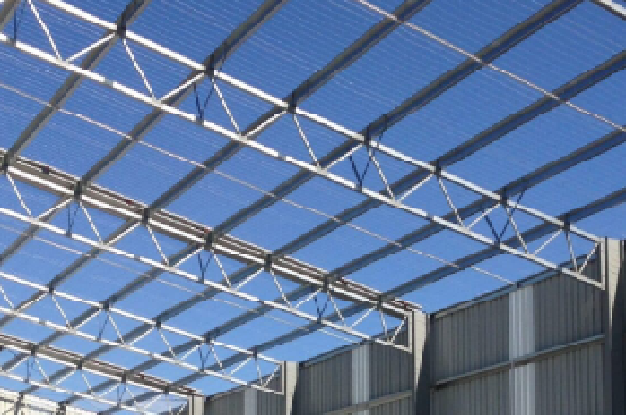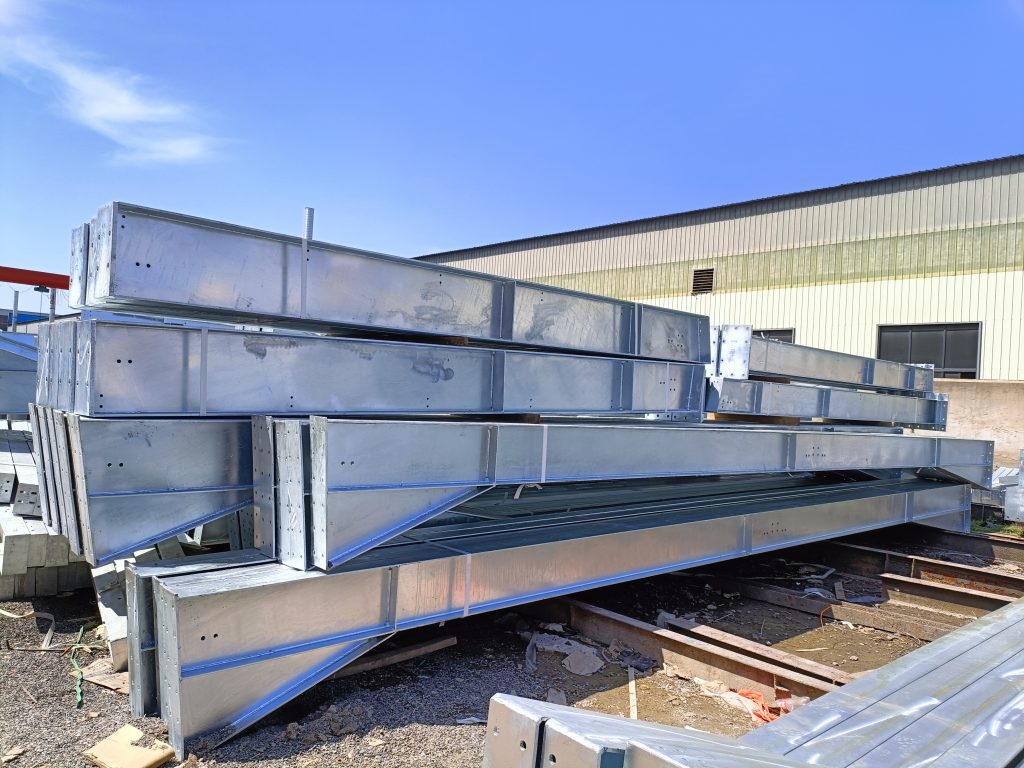Welcome to Qingdao Steel Building Co., Ltd.
Truss Structure vs. H beam Structure

A truss is a structure composed of interconnected members arranged in a triangular pattern, primarily designed to support loads axially (through tension or compression). On the other hand, an H-beam is a structural member with an "H" shaped cross-section, typically used to support bending loads and shear forces.
Truss Structure:
Definition:
A truss is a rigid framework of interconnected members, usually arranged in a triangular pattern, designed to support loads by transferring them through axial forces (tension or compression).
Advantages:
Efficient Load Distribution: Trusses can distribute loads efficiently over long spans, reducing the need for intermediate supports.
Lightweight: Trusses can be made relatively lightweight compared to solid beams, while maintaining structural integrity.

H-Beam Structure:
Definition:
An H-beam, also known as a wide flange beam, is a structural steel beam with a cross-section resembling the letter "H".
Advantages:
High Strength-to-Weight Ratio: H-beams are strong and durable for their weight, making them suitable for load-bearing applications.
Easy Welding and Splicing: The flat flanges facilitate welding and splicing, streamlining construction processes.




